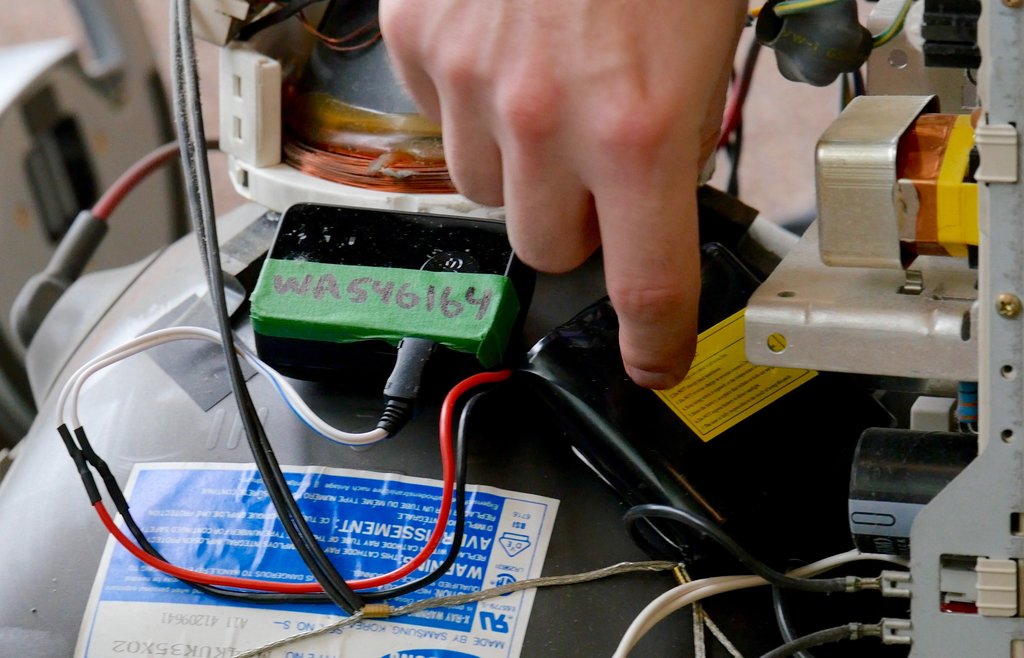 The Basel Action Network has released a follow-up report to its e-scrap tracking study, detailing which firms handled material that was ultimately exported.
The Basel Action Network has released a follow-up report to its e-scrap tracking study, detailing which firms handled material that was ultimately exported.

 The Basel Action Network has released a follow-up report to its e-scrap tracking study, detailing which firms handled material that was ultimately exported.
The Basel Action Network has released a follow-up report to its e-scrap tracking study, detailing which firms handled material that was ultimately exported.
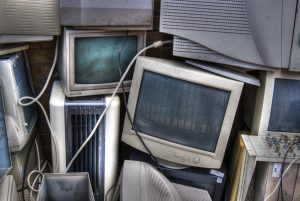 After a five-month hiatus, India’s Videocon has begun accepting CRT glass from its main U.S. suppliers.
After a five-month hiatus, India’s Videocon has begun accepting CRT glass from its main U.S. suppliers.
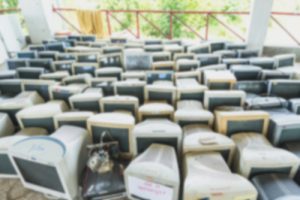 Markets and regulations are forcing companies active in the nation’s largest state electronics recycling program to landfill CRT glass. The move is legal, but it’s raising difficult questions for the many processors that have publicly vowed to avoid disposal.
Markets and regulations are forcing companies active in the nation’s largest state electronics recycling program to landfill CRT glass. The move is legal, but it’s raising difficult questions for the many processors that have publicly vowed to avoid disposal.
 Kenny Gravitt, who led Kentucky-based GES, could be facing prison time and steep fines in connection with the handling and disposal of CRT glass.
Kenny Gravitt, who led Kentucky-based GES, could be facing prison time and steep fines in connection with the handling and disposal of CRT glass.
 A judge has ruled in favor of Closed Loop Refining and Recovery’s former landlord in a case centered on CRT glass stockpiling. Just how much the defunct company will be asked to pay in damages, however, is still up in the air.
A judge has ruled in favor of Closed Loop Refining and Recovery’s former landlord in a case centered on CRT glass stockpiling. Just how much the defunct company will be asked to pay in damages, however, is still up in the air.
After a multimillion dollar lawsuit was dismissed late last week, the founder of a troubled East Coast e-scrap firm has gone on the offensive.
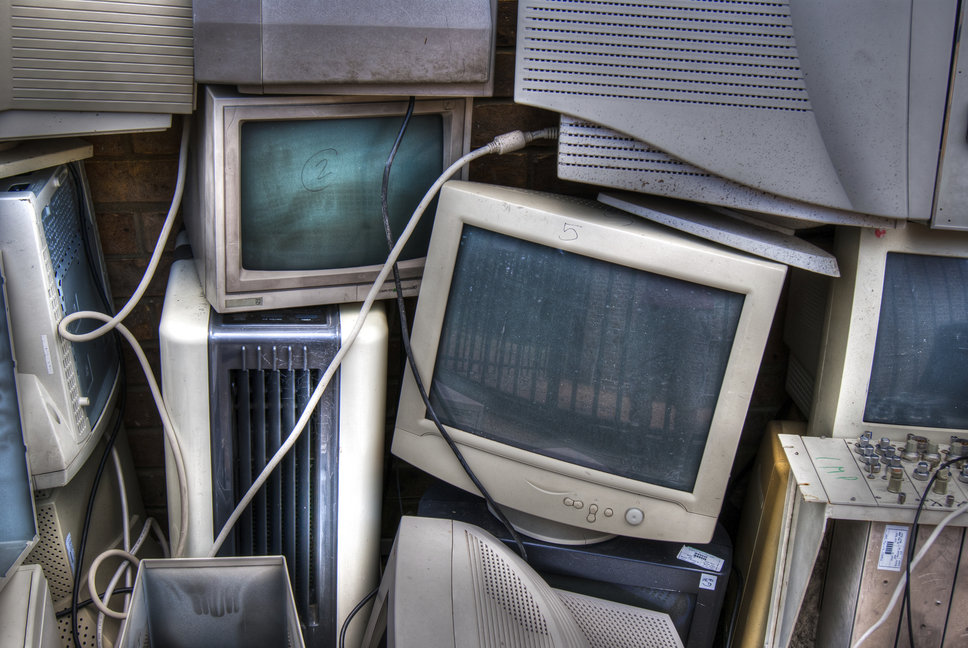 The collapse of e-scrap company Creative Recycling Systems is still being felt in South Carolina, where nearly a dozen solid waste agencies are being sued by Creative’s former landlord.
The collapse of e-scrap company Creative Recycling Systems is still being felt in South Carolina, where nearly a dozen solid waste agencies are being sued by Creative’s former landlord.
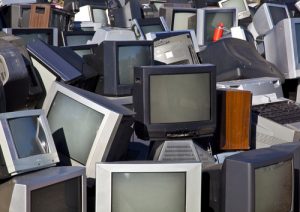 TVs dominate the end-of-life stream in Washington state now more than ever. They just don’t look like they used to, with fewer CRT devices and more flat-panel displays coming in the door.
TVs dominate the end-of-life stream in Washington state now more than ever. They just don’t look like they used to, with fewer CRT devices and more flat-panel displays coming in the door.
As firms continue to search high and low for affordable and legitimate options for final disposition of CRT glass, several states with e-scrap programs are taking a stance on using the material as alternative daily cover (ADC).
The issue for officials in Wisconsin, Minnesota, Illinois and Vermont comes down to whether or not firms can meet original equipment manufacturer (OEM) recycling goals by sending CRT glass for use as ADC. And that debate is often tied into a second question: Are there other viable disposal options out there?
“We still believe there are markets for the material and it’s really more a matter of how much you’re willing to pay [to process the glass], not whether you can put it into the recycling stream,” Brad Wolbert, chief of the recycling and solid waste section at Wisconsin’s Department of Natural Resources, explained in an interview with E-Scrap News. Wisconsin is in the process of clarifying its stance to ensure the message is clear as “interest grows in landfilling and CRT-to-ADC options,” Wolbert said.
Officials in Wisconsin’s westerly neighbor, Minnesota, have come to the same conclusion. Amanda Cotton, who serves as the electronic waste coordinator at the Minnesota Pollution Control Agency (MPCA), told E-Scrap News firms cannot count glass-to-ADC toward OEM goals and have never been allowed to do so.
In a statement recently sent out to state contractors, MPCA wrote: “Management methods such as land disposal, beneficial use or alternative daily cover cannot be used to fulfill a manufacturer’s obligation. Please do due diligence with vendors to confirm that is the case.”
On the other side of the argument, Vermont permits its state contractor, Casella Waste Services, to send glass for processing as ADC at landfills. Cathy Jamieson of the Vermont Agency of Natural Resources told E-Scrap News more traditional processing options — sending glass to a lead smelter or to companies that will turn the material into new CRTs — simply aren’t abundant enough to require Casella to seek non-ADC options, at least for now.
“Even though the state recognizes ADC is not recycling, there are very few recycling options that are actually within the U.S.,” Jamieson said. “Until there’s a bona fide, full-scale recycling option available, it is acceptable for Casella to send CRTs to be treated and used as ADC.”
Perhaps the key cog in the conversation surrounding ADC thus far has been Casella’s sub-contractor, Kuusakoski Recycling. Through a partnership with Peoria Disposal Company, Kuusakoski processes glass as ADC at a facility in Peoria, Illinois. It is the only existing CRT-to-ADC option in the country, and it has hopes of processing 50,000 tons of glass per year for the next decade.
Kuusakoski and Peoria Disposal contend the process is more affordable than traditional avenues. The companies use a technology they say locks the lead within the glass to ensure it will never leach once used as ADC at landfills.
State officials at the Illinois EPA approved of the process and allowed companies to count CRT-to-ADC pounds toward OEM recycling goals, but, like Vermont, the Illinois EPA does not consider the process to be recycling per se. Dave Walters, who manages the waste reduction and compliance section of the state agency, told E-Scrap News the policy still stands.
“Illinois EPA’s position on CRTs as ADC has not changed and we continue to allow manufacturers to count the ADC toward the annual Illinois goals,” Walters wrote in an email.
Industry certification bodies R2 Solutions and Basel Action Network (BAN) released formal clarifications this week on the way certified firms may handle CRT glass.
Issuing a formal rule clarification on March 26, R2 announced board members unanimously moved to ban the use of CRT glass as alternative daily cover (ADC) under the new iteration of the certification. R2 executive director John Lingelbach confirmed there are now no instances in which an R2-certified facility can use CRTs as ADC.
“There are viable downstream options for the subset of CRT glass that top-performing, R2-certified recyclers are processing,” Lingelbach said.
BAN, which administers the e-Stewards certification, issued its own rule clarification today.
Emphasizing the challenges smaller recyclers face in paying for the proper downstream processing of CRT glass, BAN reaffirmed its stance that CRT-to-ADC actions do not constitute recycling but can be “used as a last resort” for disposal by its members.
“We believe that at this juncture where the market is already dangerously constricted, any further prohibitions should only be considered if they are based on sound science and a life-cycle approach examining all significant environmental and social impacts,” the release reads. It also states that the group is engaged in “a science-based review of global CRT management practices” and will be reviewing the definition of “as a last resort” as used in the e-Stewards certification language.
The downstream processor likely to be most affected by R2’s ban on the practice of using CRTs as ADC is Kuusakoski U.S. Through a partnership with Peoria Disposal Company (PDC), Kuusakoski runs a CRT-to-ADC operation in Peoria, Illinois and has hopes to process up to 50,000 tons of glass every year for the next decade.
Kuusakoski’s Philadelphia facility is both R2 and e-Stewards certified. However, the company’s Peoria, Illinois facility, which is actively involved in the ADC operation, is not certified to either standard.
Lingelbach told E-Scrap News R2 Solutions and Kuusakoski held a conference call on Thursday, but he said the certification status of Kuusakoski’s Philadelphia facility was not discussed. Kuusakoski’s Anssi Takala clarified with E-Scrap News its Philadelphia facility can operate as a transfer hub for CRTs bound for Illinois but “our target is that customers with CRT glass or intact CRT devices ship it directly Peoria.”
In addition, Takala told E-Scrap News the recycling firm and PDC “respectfully disagree” with the R2 clarification. “We have shared our concerns with R2 concerning its press release, and have challenged them to provide more information to the public that supports its decision on the viability question,” Takala said. “Furthermore, we have agreed to furnish additional information to R2 on this matter.”
According to a Kuusakoski white paper released last fall, aside from Kuusakoski, there are only three North American final recovery options for U.S. glass. The paper also states annual glass supply far outstrips the industry’s ability to handle the challenging material.
The paper advances the key argument that high levels of lead found in the funnel glass portion of CRTs are essentially locked within the glass by the technology employed by Kuusakoski and PDC, ensuring that it will not leach once used as ADC at landfills.
